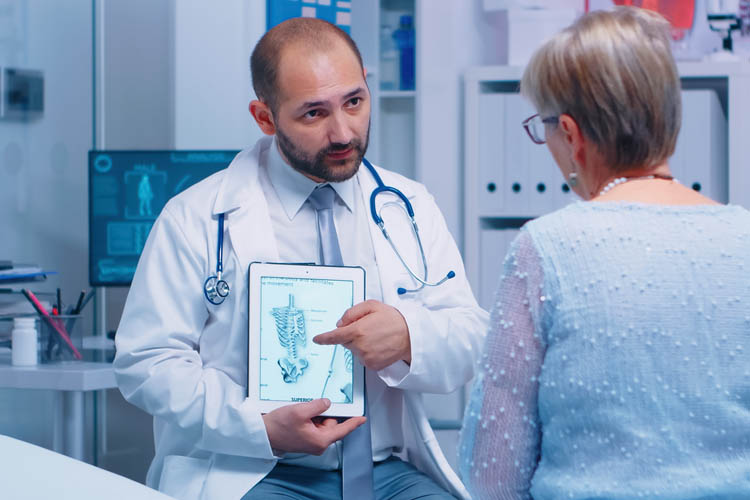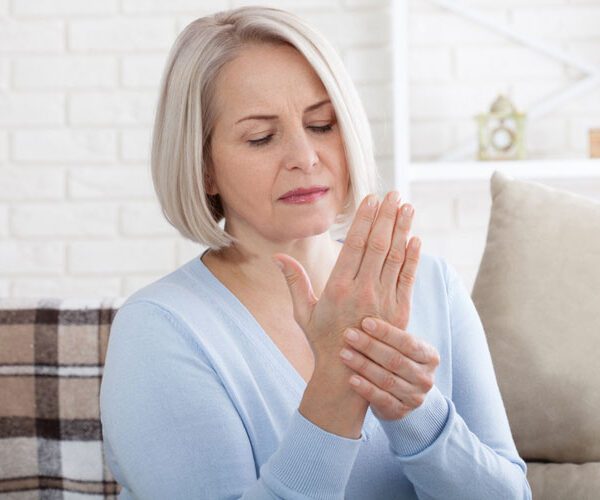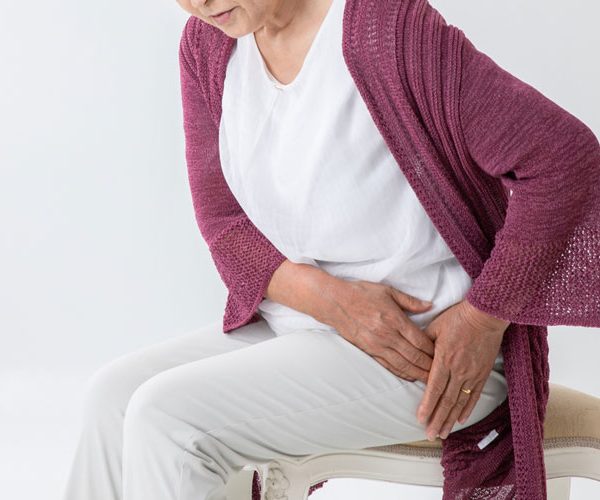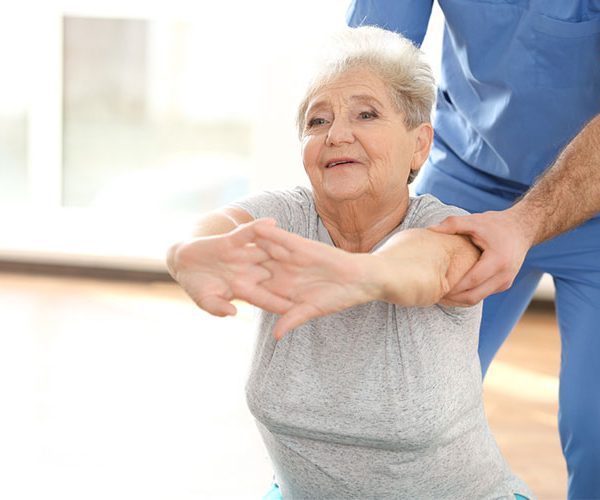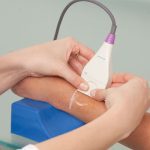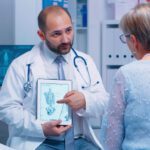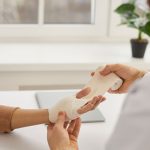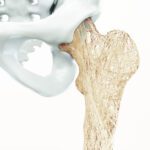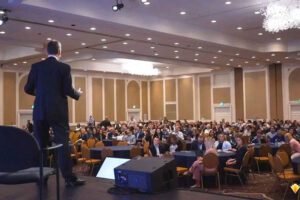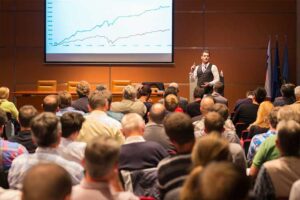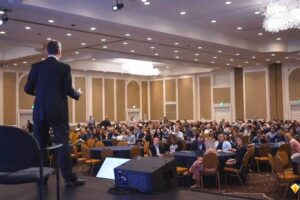Risk Factors in Senile Osteoporosis
Are risk factors in senile osteoporosis worrying you? One of the major health issues the human population share in common is Osteoporosis. As bones have the ability to heal minor injuries themselves; the major ones cannot be cured and are degenerative. These are because bones composition consists of living tissues, and are constantly changing structures.
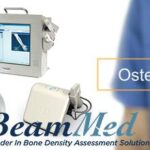 There are two main types of osteoporosis including osteoporosis I and osteoporosis II. Osteoporosis II is also known as senile osteoporosis, and it happens when the formation of bone tissue gets slower with the passage of time and as the person ages. In this whole procedure, re-absorption of old bone cells increases, ultimately affecting hormone levels (Robling et al., 2006).
There are two main types of osteoporosis including osteoporosis I and osteoporosis II. Osteoporosis II is also known as senile osteoporosis, and it happens when the formation of bone tissue gets slower with the passage of time and as the person ages. In this whole procedure, re-absorption of old bone cells increases, ultimately affecting hormone levels (Robling et al., 2006).
Symptoms of senile osteoporosis include pain in the lower back, radiating through the back outwardly and in the standing position, back pain becomes adverse, extenuating through a lying down position. With this issue, mid-back fractures also arise. During this whole procedure, the pain might be sharp, or it might be long-lasting and irritating (White, 1980).
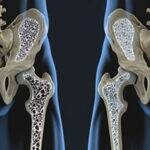 Prevention and Treatment
Prevention and Treatment
As the formation of collagen might be reduced in this condition, proper food and nutrients can overcome this issue. Poor diet also causes senile osteoporosis, and the lack of improper intake of calcium, vitamin D, protein, phosphorus, and other nutrients which are necessary for the bones (Duque & Gustavo, 2008).
 Beammed – Senile Osteoporosis Scanners
Beammed – Senile Osteoporosis Scanners
As people grow older and this type of issues arises, further damage could be prevented through proper diagnosis and monitoring. In this matter, Beammed suggests an accurate diagnosis with their osteoporosis portable scanners available to the public and professional health facilities. Highly affordable and easy to use, the Sunlight MiniOmni and Omnisense scanners deliver accurate bone density measurements without x-rays. Furthermore, a version for pediatric use is available offering a unique, radiation-free solution to safely and accurately assess bone density in children. The Sunlight Pediatric works with any of the Sunlight bone sonometers including the Sunlight Omnisense™ 7000, 8000, and MiniOmni providing an accurate bone strength evaluation.
Do you have any more questions? Call us today for a FREE Consultation at 800-769-6808 | International +972-3-923-6869 or click HERE to fill out a form.
Follow us on Facebook.
References
Duque, Gustavo. “Bone and fat connection in aging bone.” Current opinion in Rheumatology 20.4 (2008): 429-434
Robling, Alexander G., Alesha B. Castillo, and Charles H. Turner. “Biomechanical and molecular regulation of bone remodeling.” Annu. Rev. Biomed. Eng. 8 (2006): 455-498.
White, Arthur H., Richard Derby, and G. A. R. Wynne. “Epidural injections for the diagnosis and treatment of low-back pain.” Spine 5.1 (1980): 78-86.

